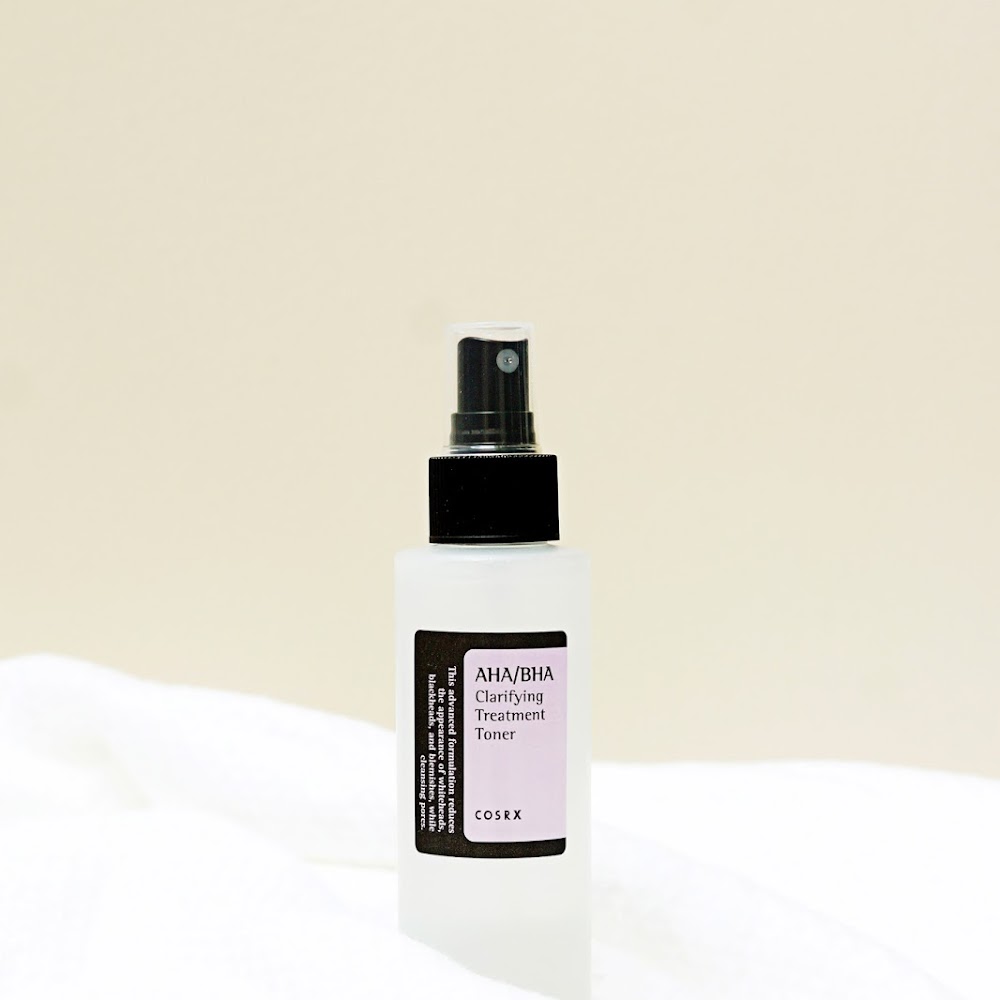Dangmyun, 당면, noodles are a Korean noodle made entirely of sweet potato starch and water. (yes that means they're gluten free!) They've got a satisfyingly chewy texture that you don't want to lose during cooking and are incredibly healthy and delicious.
A traditional Japchae recipe would include a spinach-like leaf and black wood ear mushrooms, and be topped with toasted Korean sesame seeds (quite different to the white seeds available in most Western supermarkets), howeverrrr, it's quite ok to adapt the recipe to what's available to you; you can add tenderstem broccoli stalks like I have, or finely sliced red pepper etc.
So without further ado, (and don't be put off by the ingredients list, it's worth it I promise!) here's what you'll need:
200g dangmyun noodles (available in most Asian supermarkets)
1 small onion, finely sliced
1 large carrot, in matchsticks
1/2 a courgette, in matchsticks
6 dried shitake mushrooms
5 tenderstem broccoli stalks
2 eggs
150g sirloin or fillet steak (sirloin has more flavour)
2 spring onions
2 cloves of garlic, crushed
2 tbsp soy sauce (adjust this to your taste)
1 tbsp sesame oil (adjust this also to your taste)
1 tsp sugar
2 tbsp olive/groundnut oil for frying the veg
1 1/2 tbsp toasted sesame seeds for garnish
First thing you'll need to do is take a handful of your shitakes and resurrect them in some hot water for at least an hour. You can leave them in there whilst you do your mise en place (aka chopping everything up!) First slice up your steak into thin strips and marinade with 1 tsp sesame oil, 1/2 tsp sugar, a little pinch of the garlic and 1 tsp soy sauce (forget Kikkoman/Amoy, Sempio is the best!).
The carrot and courgette need to end up in julienne or little matchsticks, finely slice the onion and spring onion, split the tenderstem stalks into quarters and mince up your garlic. When your mushrooms are nice and hydrated, they can be thinly sliced too.
Pop your mushrooms into their own bowl and add 1 tsp of soy sauce and sesame oil, 1/2 tsp of sugar and a good shake of pepper. Use your hands (gloved if neccessary) to squidge the marinade into the mushrooms. In Korea this is called muchim; aka to mix/meld/marinate with seasonings/sauce/flavours.
The next part seems somewhat laborious but if you want maximum yumminess, it's well worth it. Gently saute each bundle of veggies (including the mushrooms) separately until cooked but you're still left with a little bite. (The garlic and spring onion get mixed into the other veggies, they've gone into my mushrooms and carrots) Each different veg takes it's own length of time to cook so by doing them separately nothing is over or under done. While you're doing this, bring a pan of water to the boil and drop in your noodles for 8 minutes, making sure they don't gloop together. When you're all done, you should have a plate that looks like the above!
Next into your pan go the eggs, mixed so the white and yolks are combined. Cook into a flat omelette until they're ever so slightly underdone, tip out onto a board, roll up like a big rug and slice into thin strips.
Tip your marinaded beef into the pan and cook to your liking, before popping alongside the egg. (For traditional japchae it's not pink!)
Tip your noodles back into your frying pan, followed by all the veggies and the remaining soy and sesame oil. Get your gloves back on and mix the whole lot together with your hands, before adding in the rested beef, plus it's juices, and eggies. Give it a final mix, making sure all the ingredients get evenly dispersed through the noodles. Give it a taste and adjust your seasonings if you need to!
Decant into quaint little bowls and garnish with some toasted sesame seeds if you're serving this as part of banchan or tip out onto a large serving platter for some informal sharing. Japchae is traditionally served warm or at room temperature but whether your preference is hot, cold, or somewhere in between, it's de-li-cious.
I'm thinking of making Korean food a bit of a series on Barely There Beauty as it's just so tasty and healthy, and something I know how to do, so give me your thoughts on this and look forward to more recipes!

































Social Icons